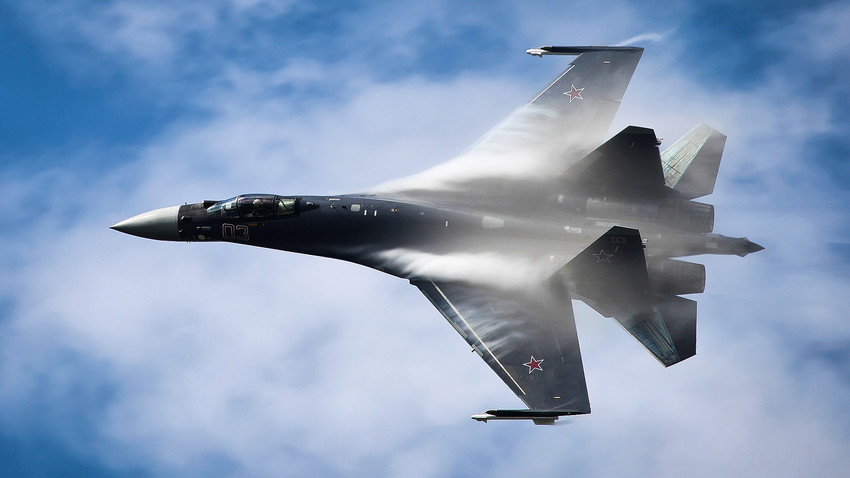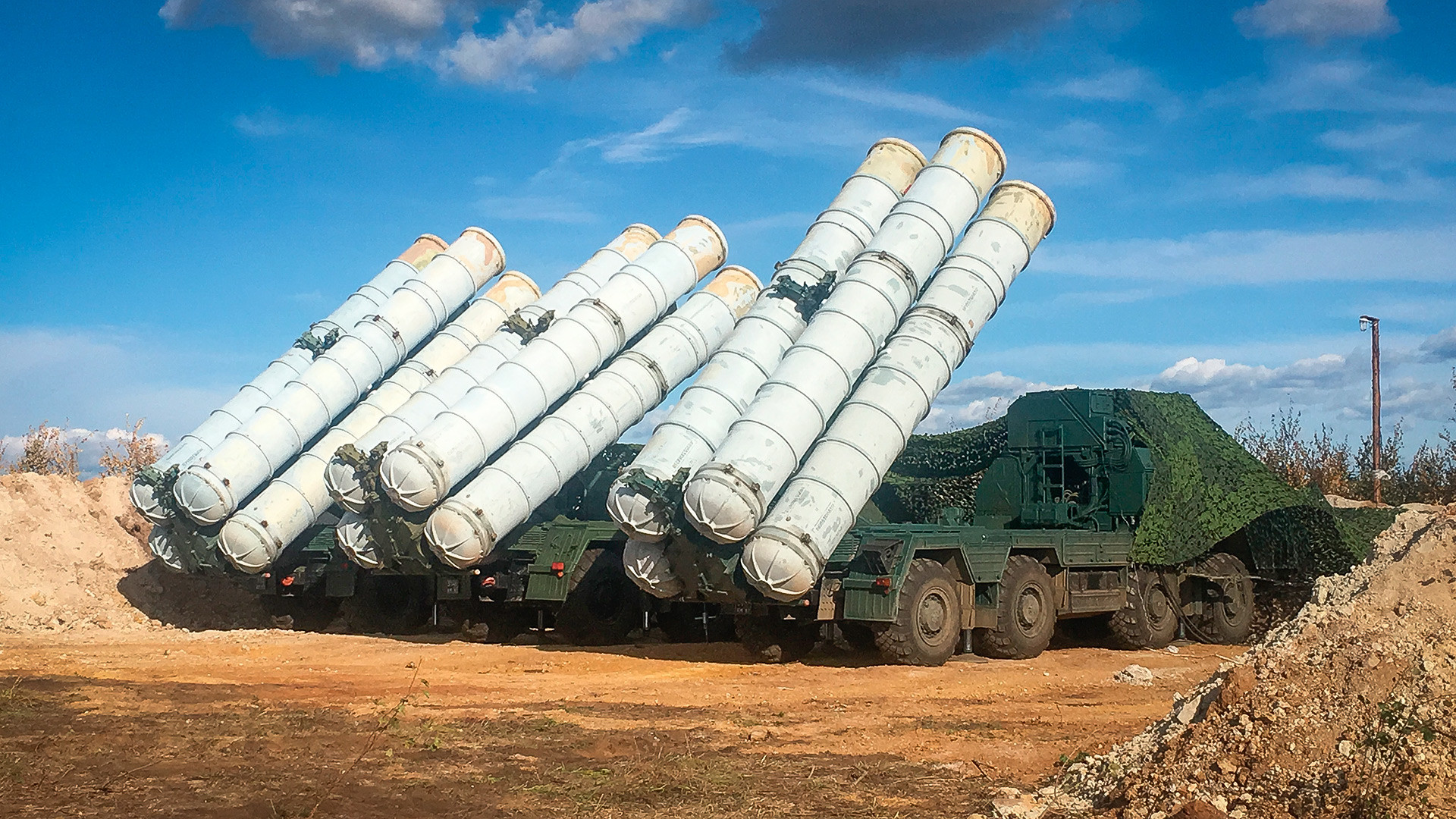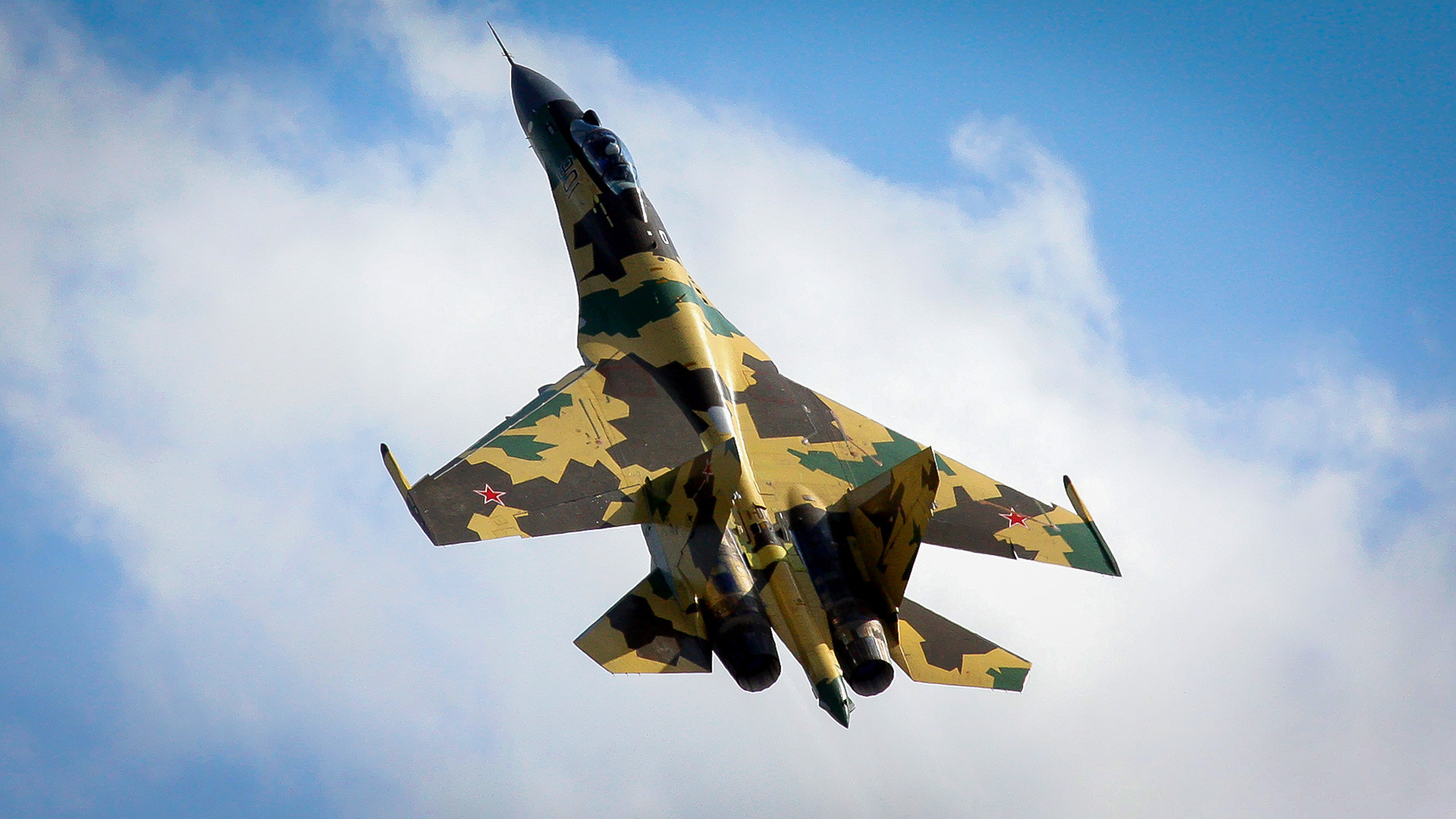What Russian weapons does the Chinese army have?

In early November, Moscow and Beijing
“I don’t wish to go into detail, but I’ll say that we recently signed three more [arms] contracts with the Chinese,” he said.
Already, however, the skies above the so-called Middle Kingdom are guarded by a host of Russian-made advanced weapons systems.
Birds of prey
In 2015, China purchased 24 Su-35 generation 4++ fighters from Russia.
Outwardly, these predators are almost (except for the fuselage and engine) a carbon copy of Russia’s future fifth-generation fighter jet, the Su-57. Yet they are at least
"The Su-35 has a ‘digital cockpit.’ As in the Su-57, there are no analog devices with the usual pointers. Instead, there are two large color LCD screens. All information needed by the pilot is displayed in ‘picture-in-picture’ mode, like on a conventional TV,” Professor Vadim Kozyulin of the Academy of Military Sciences explained to Russia Beyond.
In addition, the hydrodynamic thrust control drives have been replaced by electronic ones, which, according to the designers, not only save space and
“In practice, this means that the role of the pilot is becoming less visible. More specifically, the computer decides at what speed and in what mode the aircraft approaches the
In addition, the fighter possesses a next-generation Irbis radar control system featuring a phased antenna array, currently
“According to its specification, the radar is close to what's on board the U.S. F-22. On a head-on approach, Irbis can detect enemy vehicles at a range of up to 350-400 km. At this range, the fighter can see an aircraft carrier, at 150–200 km a railway bridge, at 100–120 km a boat, and at 60–70 km a ballistic missile installation or group of armored vehicles, and hit them all,” summed up Kozyulin.
On top of that, the aircraft can deploy a whole range of modern weapons systems. And since the machines were customized for the Chinese army, they boast guided and unguided projectiles developed by the People’s Liberation Army.
Celestial shield

China was one of the first customers to purchase Russia’s most advanced air defense system, the S-400
The
The key difference from its direct competitor, the U.S. MIM-104 Patriot, is its ability to see and shoot down targets around itself. The Patriot can operate and “look” only in a predetermined direction at an angle of 180 degrees.
Moreover, deploying the Patriot launchers and readying them for action takes as long as 30 minutes! This gives an incoming missile ample time to reach its destination, ensuring defeat for the target country.
Not only that, the Patriot’s range is less than half, just 180 km against the Russian system’s 400 km. This is crucial in defending not only against
The S-400
And that’s not counting the reserve ammunition also included in the contract sum and set to be sited on the battlefield. The contract also covers several
If using any of Russia Beyond's content, partly or in full, always provide an active hyperlink to the original material.
Subscribe
to our newsletter!
Get the week's best stories straight to your inbox
